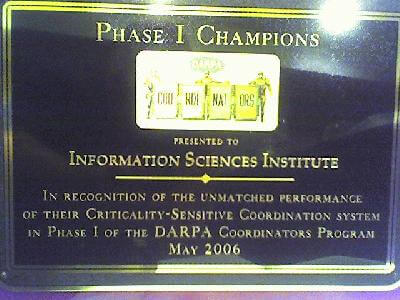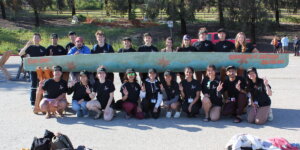
In a competition that pitted a number of different DARPA- funded approaches to “Criticality Sensitive Coordination” against each other, Robert Neches’ ISI team took the prize.
“This is a major achievement” said ISI deputy director Ron Ohlander.The Neches group, co-led by Pedro Szekely, began work last spring on the project, cooperating with engineers at Vanderbilt University’s Institute for Software Integrated Systems and the Palo Alto, California-based Kestrel Institute.
The goal of the system is to help soldiers and multiple tactical teams rapidly and effectively alter plans when faced with changing situations.
“Generations of officers have known how difficult it is to issue the right orders in the right sequence under time pressure to accomplish tactical objectives, and the difficulty of coordinating changes in plans in a timely fashion to avoid developing problems,” Neches explained when the project began.
ISI method uses committees of virtual advisors, animated by artificial intelligence, who share information and negotiate with each other to suggest solutions.
It was tested earlier this year against alternatives created by other groups for DARPA — and came out on top. In a May 22 DARPA Coordinators P/I Meeting Neches received a plaque “in recognition of the unmatched performance,” of the ISI system.
Beside Neches and Szekely, other ISI CSC team members include computer scientists Craig Milo Rogers, Rajiv Maheswaran, and Romeo Sanchez; and grad students Nader Noori, Jing Jin, and Po-An Chen.
Published on May 23rd, 2006
Last updated on August 9th, 2021













